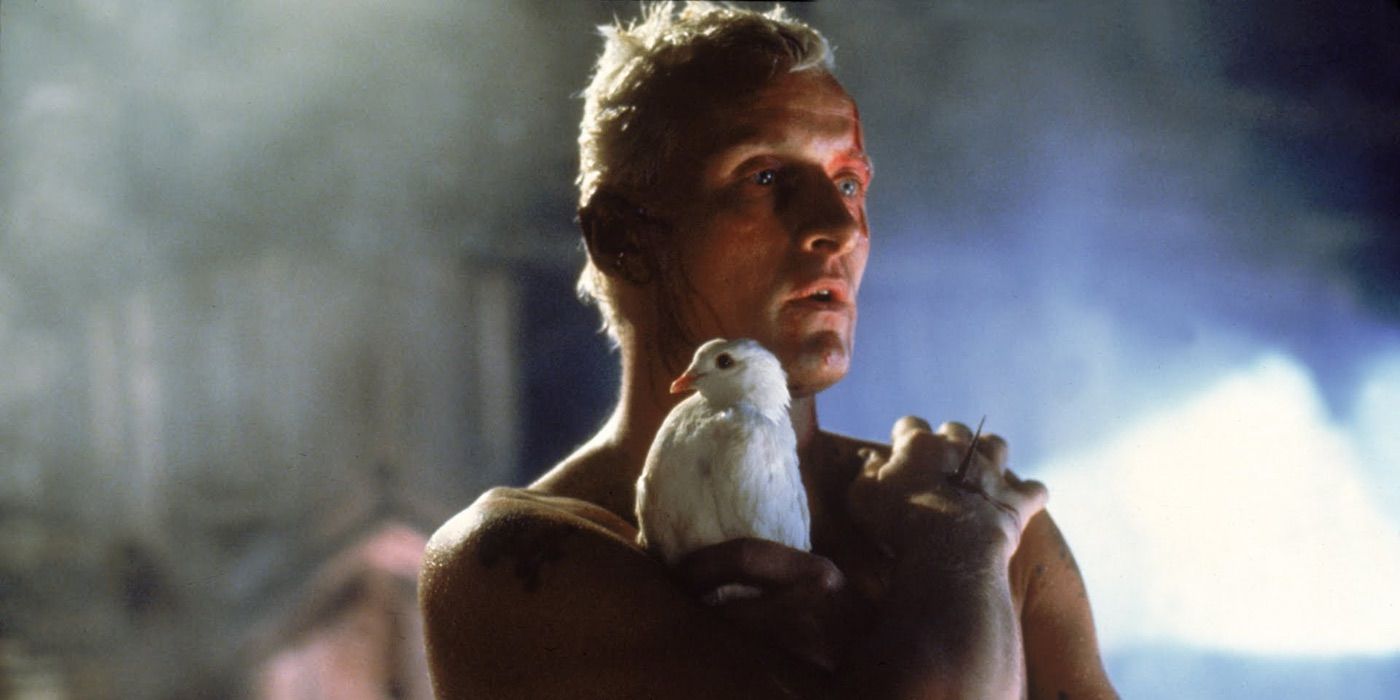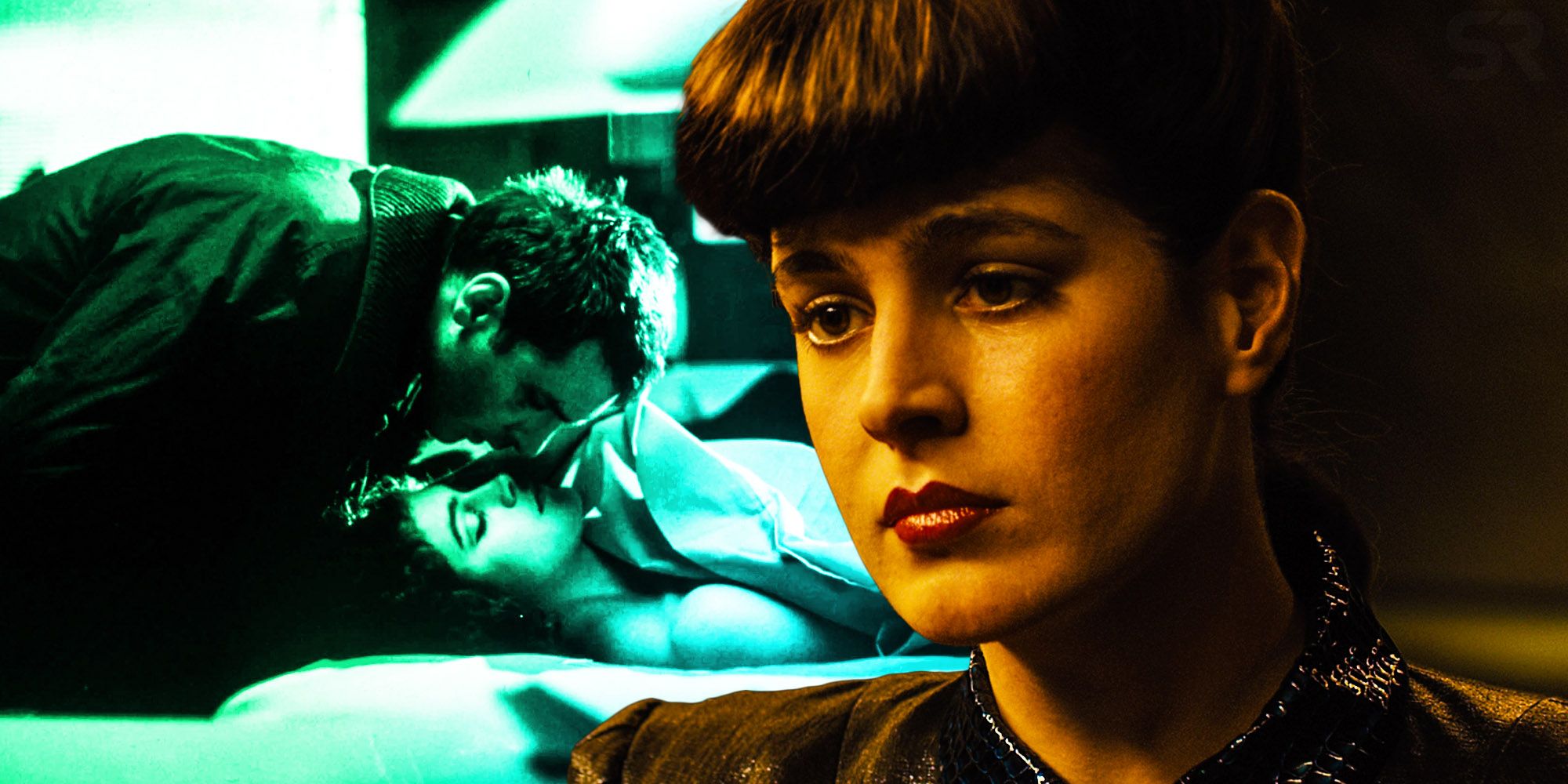The replicants in the Blade Runner films aren’t quite the same as imagined by author Philip K. Dick in his original novel Do Androids Dream of Electric Sheep. The novel, which inspired the two films and upcoming TV series of the Blade Runner franchise, has a number of notable differences from the cult classic adaptations. The Ridley Scott led 1982 film took a number of creative freedoms, defining an aesthetic for neo-noir science fiction and creating one of the most well-regarded sci-fi films ever. Like many other of the film’s distinctive features, the replicants were reimagined by Scott and his creative team.
Blade Runner’s Los Angeles, neon, urban nighttime atmosphere was created by the film, separating from the range of locations the book explores. With this change in aesthetic came a need to interpret the story differently, as electric sheep may not have meshed well with the black fume skies of the films. While the novel still does revolve around Rick Deckard, Rachael, and a hunt for escaped AI, there are important distinctions about Philip K. Dick’s Blade Runner world that define his androids.
Why Blade Runner Changed The Way Replicants Worked From The Book
The term “replicant” is original to the film, as opposed to “android,” as Ridley Scott felt there was a preconceived notion toward androids that didn’t suit his world. He felt the term was overused and misused, feeling that “replicant” seemed more human. The replicants themselves were also made to be far more threatening and murderous. The replicants in the films also experience empathy while book androids specifically do not.
Another central aspect of the novel is the idea of electric animals. Both novel and book exist in a ruined world where humans are encouraged to leave Earth for better living. In Dick’s novel, Earth has been ravaged by nuclear war and thus, animals are extremely rare, and a point of fascination for remaining humans, who invest their hard-earned money into purchasing electric animals. This creates a central purpose for Deckard’s mission, to earn enough to acquire a live goat. The idea of electric animals is referenced in the films.
Blade Runner Subtly References A Key Book Premise
The 1982 Blade Runner does reference the electric animals and alludes to animal extinction in a scene that shows an electric owl. Rachael’s dialogue suggests that live owls are not common. Also, the character Zhora owns an android snake, and suggests that owning a real snake would be a sign of wealth. In 2049, the older Rick Deckard owns a dog, who isn’t revealed to be real or not. With these subtle allusions, the movie maintains its connection to Dick’s source novel – despite changing several fundamental aspects.


